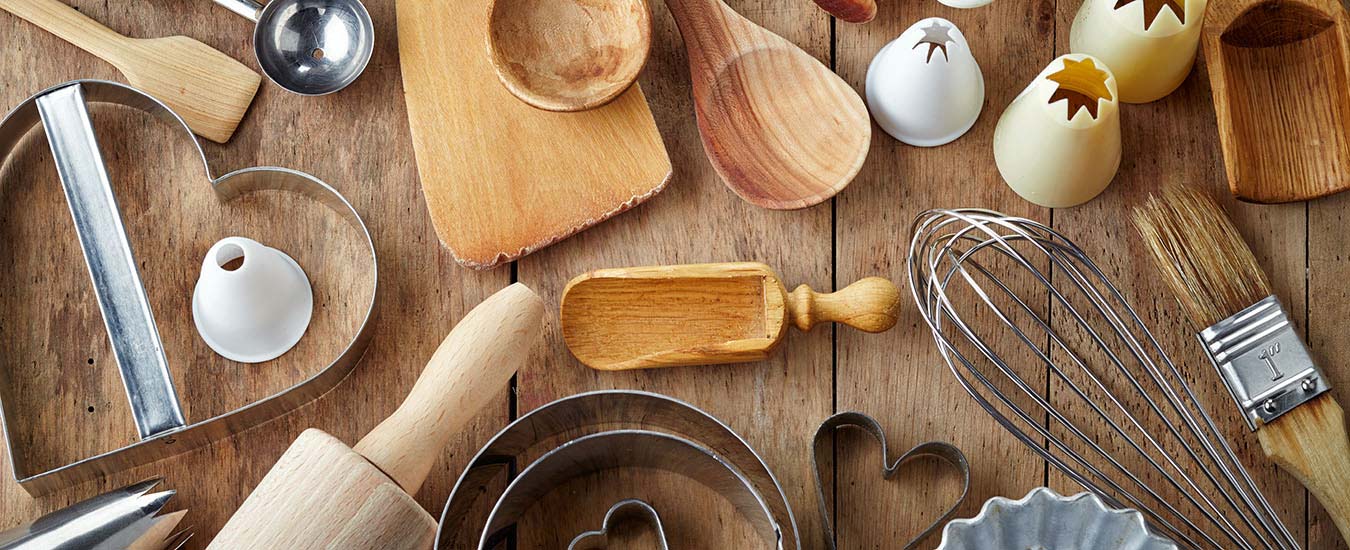5 tips for preventing (or managing) osteoporosis
When it comes to bone health, some of us may not appreciate what we’ve got until it’s gone. Bone is living tissue that is constantly being broken down and built up. Bone development reaches its peak between the ages of 16 and 20 for females, and 20 and 25 for men. As we age, our bone density naturally declines. Osteoporosis, or “porous bones,” is the weakening of bones caused by an imbalance between bone building and bone destruction. It is characterized by low bone mass and leads to an increased risk of fractures of the hip, spine, and wrist.

The disease affects both women and men; worldwide, one in three women and one in five men will experience a fracture related to osteoporosis. It can be diagnosed at any age, but the older you are, the greater your risk of developing osteoporosis. It is sometimes referred to as a “silent” disease, because it often does not cause outward symptoms, and may go undiagnosed until you have broken a bone—which can be a life-altering event that results in a loss of independence and an increased risk of additional fractures. Vertebral and hip fractures are even associated with an increased risk of death.
Maintaining good bone health
There are two keys to preventing osteoporosis: developing the strongest bones possible during the first 30 years of your life, and limiting the amount of bone you lose in adulthood. Appropriate nutrition and lifestyle habits—at all stages of life—can play a part in keeping your bones healthy.
As an adult, you can minimize bone loss by getting regular exercise, especially weight-bearing and muscle strengthening exercise; getting adequate vitamin D—whether through diet, exposure to sunshine, or supplements; consuming enough calcium to reduce the amount your body has to take from bone; getting enough vitamin K, which is found in green, leafy vegetables; and minimizing some unhealthy habits. Here are our five keys to keeping your bones healthy and strong.
1. Boost your calcium. Calcium is an essential nutrient for building and maintaining strong bones. Milk and alternatives are rich in calcium, as are canned salmon and sardines, if you eat the bones. The daily milk and alternative recommendations for children ages 2 to 8 is two servings per day (see “What’s a Serving?” below); for youth 9 to 18 years, three to four servings; for those ages 19 to 50, two servings daily; and for those 50 and up, three servings per day. Choose low fat options such as skim or 1% milk, light cheese and low fat yogurts.
Other foods that are a source of calcium include beans (navy, white and soybeans), almonds, molasses, squash, broccoli, oranges, kale, fortified orange juice and fortified tofu. Look for labels that indicate that the food is an excellent source of calcium or is high in calcium, and go for foods with a % Daily Value of 10 per cent or higher.
2. Take vitamin D supplements. Vitamin D and calcium go hand and hand to promote bone health. This vitamin is the gatekeeper to the bone, latching onto the calcium and transporting it into the bone for storage.
There are a limited number of vitamin D-rich foods, which means that it is not possible to obtain adequate vitamin D through diet alone. Exposure to direct sunlight provides a significant amount, but most Canadians cannot rely solely on this source because of the cold climate.
Osteoporosis Canada recommends all adults take a vitamin D supplement all year round. Healthy adults between 19 and 50 years of age require 400 to 1,000 IU daily. People who are more than 50 years of age, or those who are at high risk of fracturing a bone (if they have osteoporosis, have had multiple fractures or have a condition that affects vitamin D absorption) should get 800 to 2,000 IU daily.
3. Eat those greens. Magnesium, potassium and vitamin K all work with calcium in promoting bone health. Ensuring that you eat a variety of foods will maximize your calcium absorption. A glass of milk, for instance, contains calcium, vitamin D, potassium and magnesium. Many green leafy vegetables—including kale, spinach, collard greens and Swiss chard—provide vitamin K, calcium, potassium and magnesium.
4. Get active. Physical activity is important to maintaining and building bone strength; it can also improve balance, which minimizes the risk of falls. Aim for a minimum of 150 minutes of weight-bearing and resistance exercises—such as walking, jogging, weight training, tennis and dancing—each week.
5. Be responsible. Sodium, alcohol and smoking are all believed to be factors that can lead to bone loss. Moderation—or abstinence—is your best choice.
Maureen Tilley is a registered dietitian and author of Hold the Salt! and Hold that Hidden Salt!
